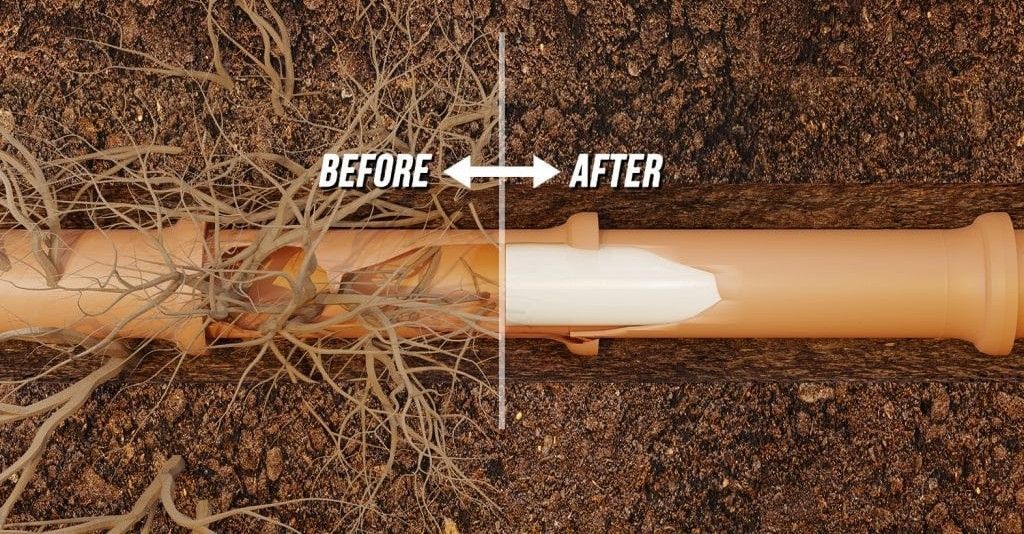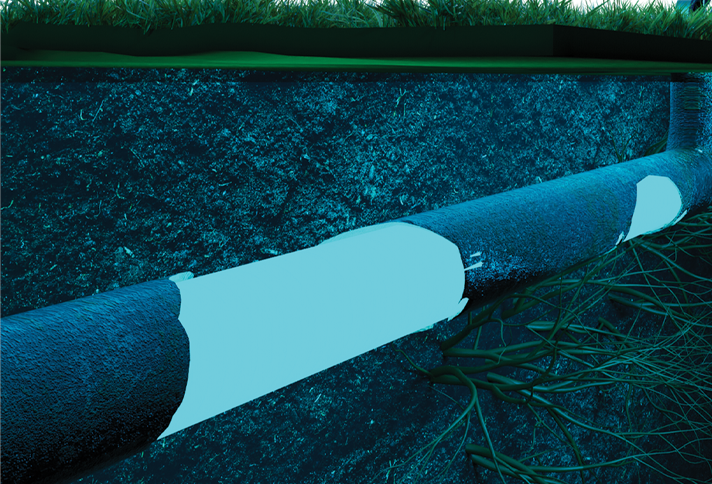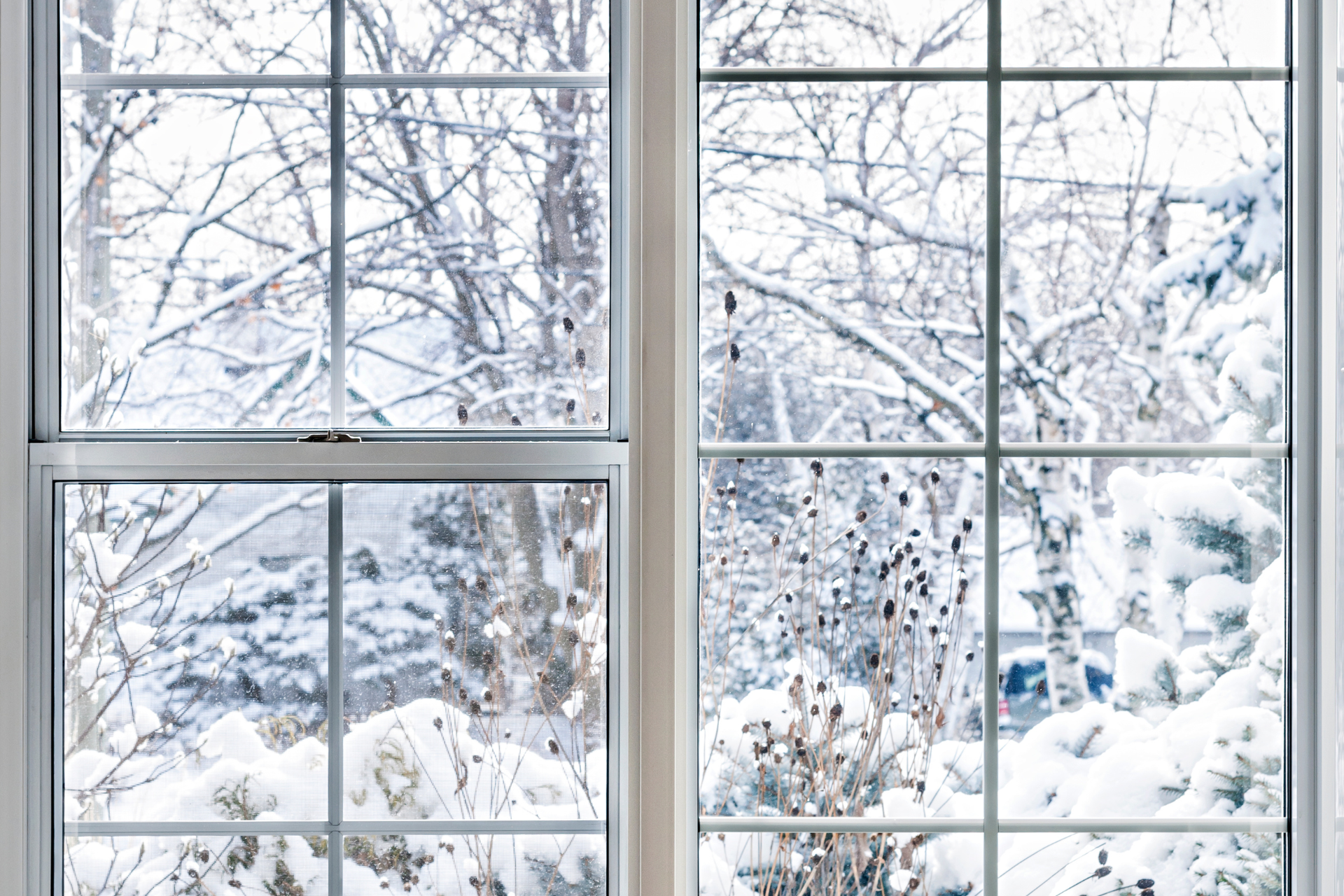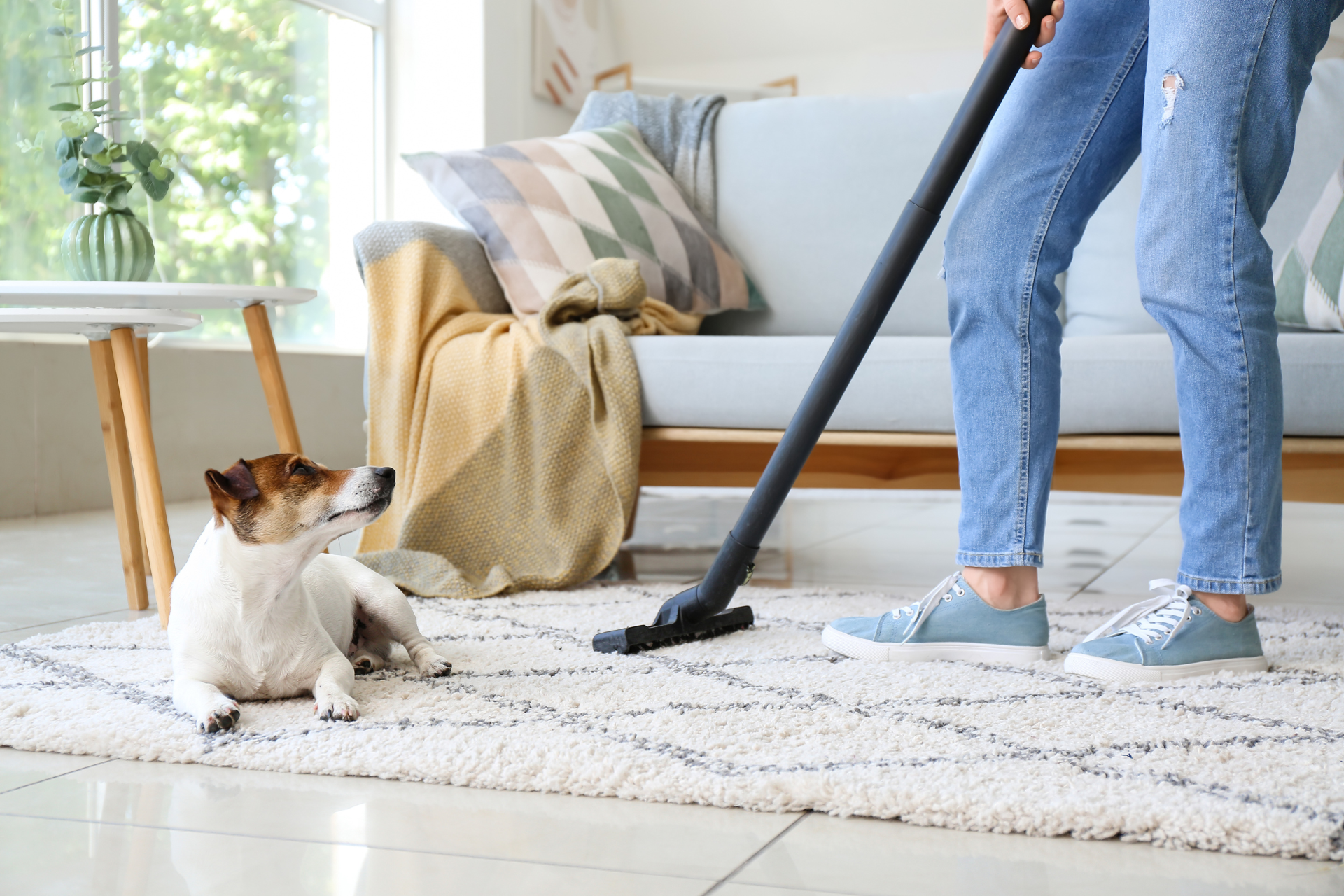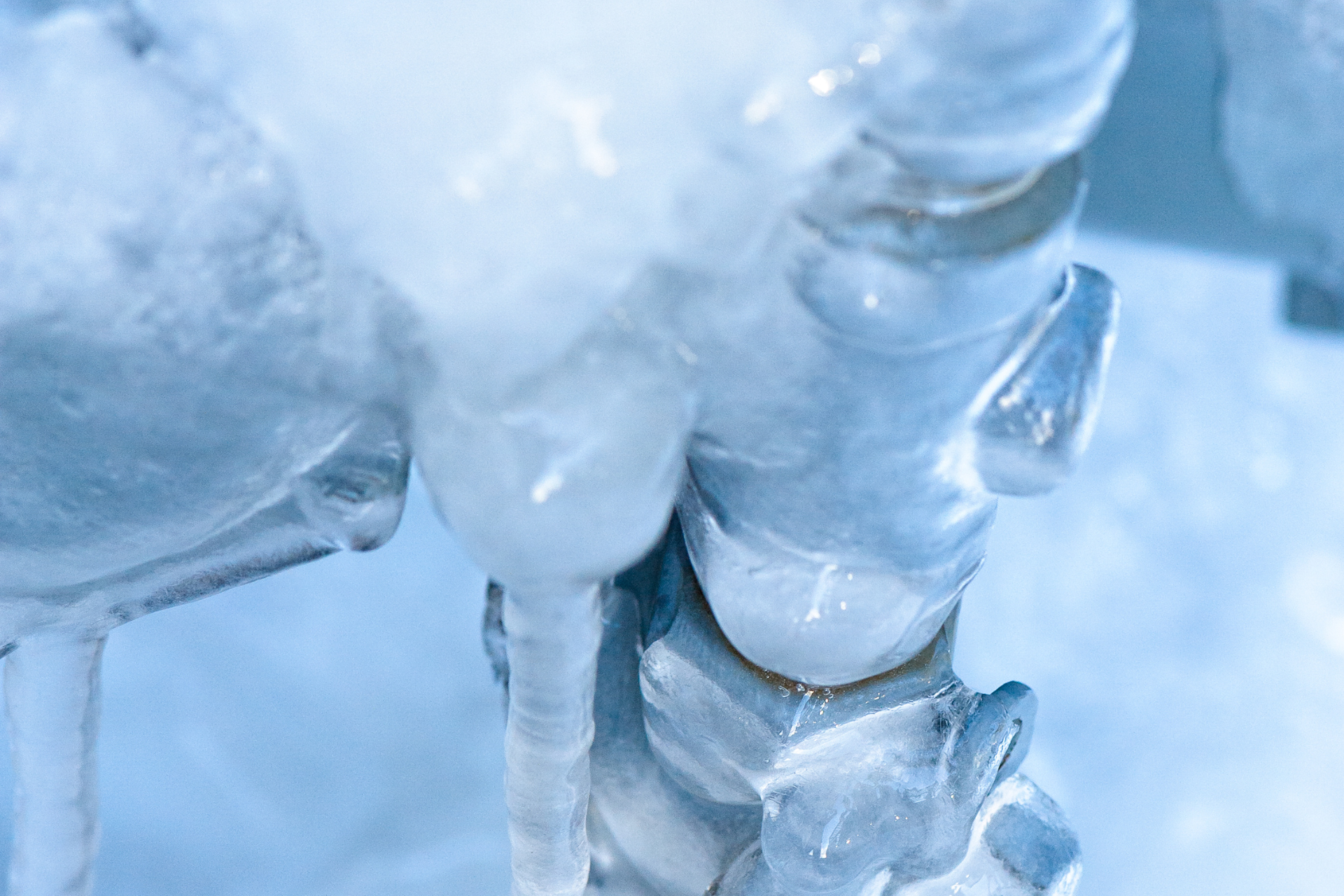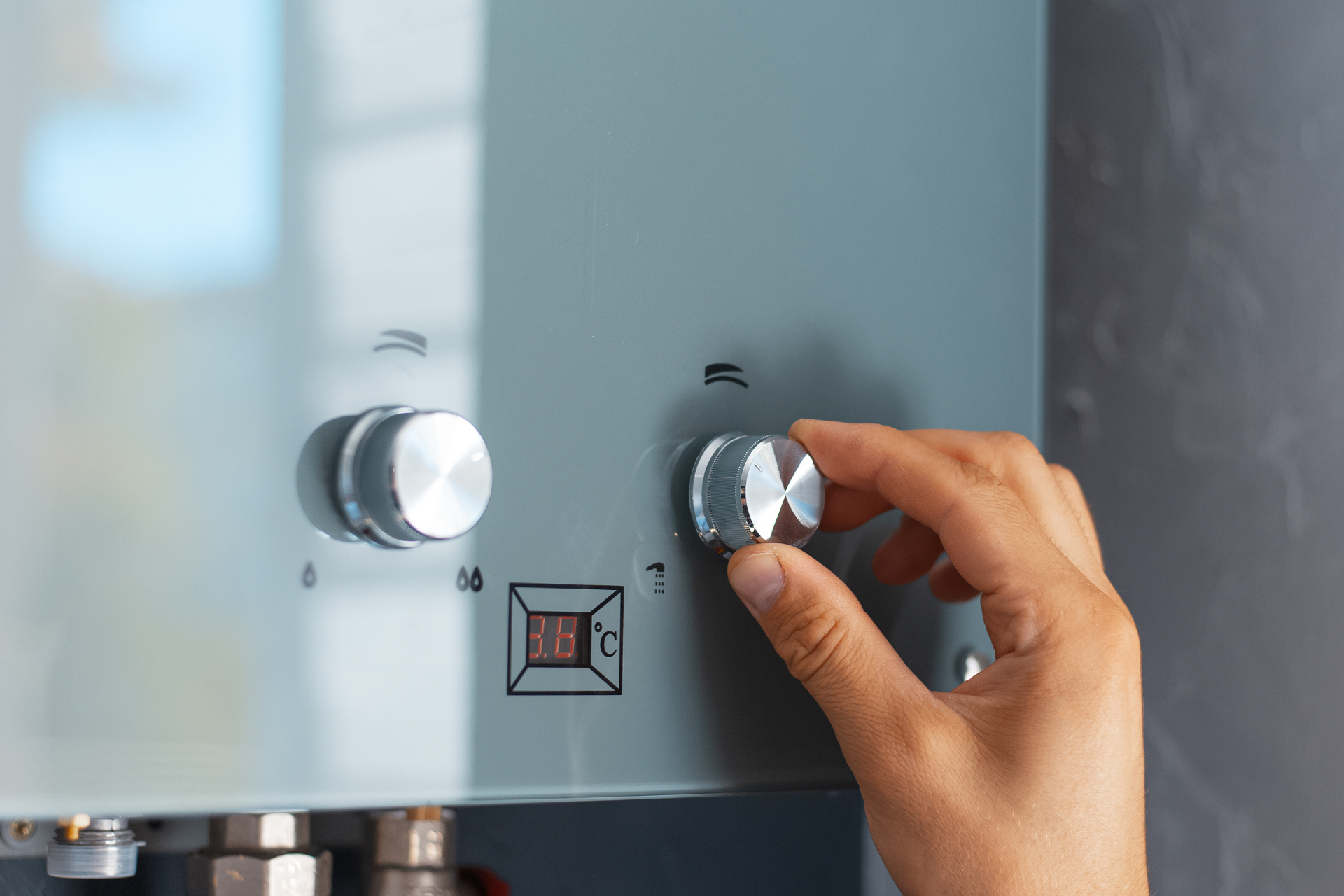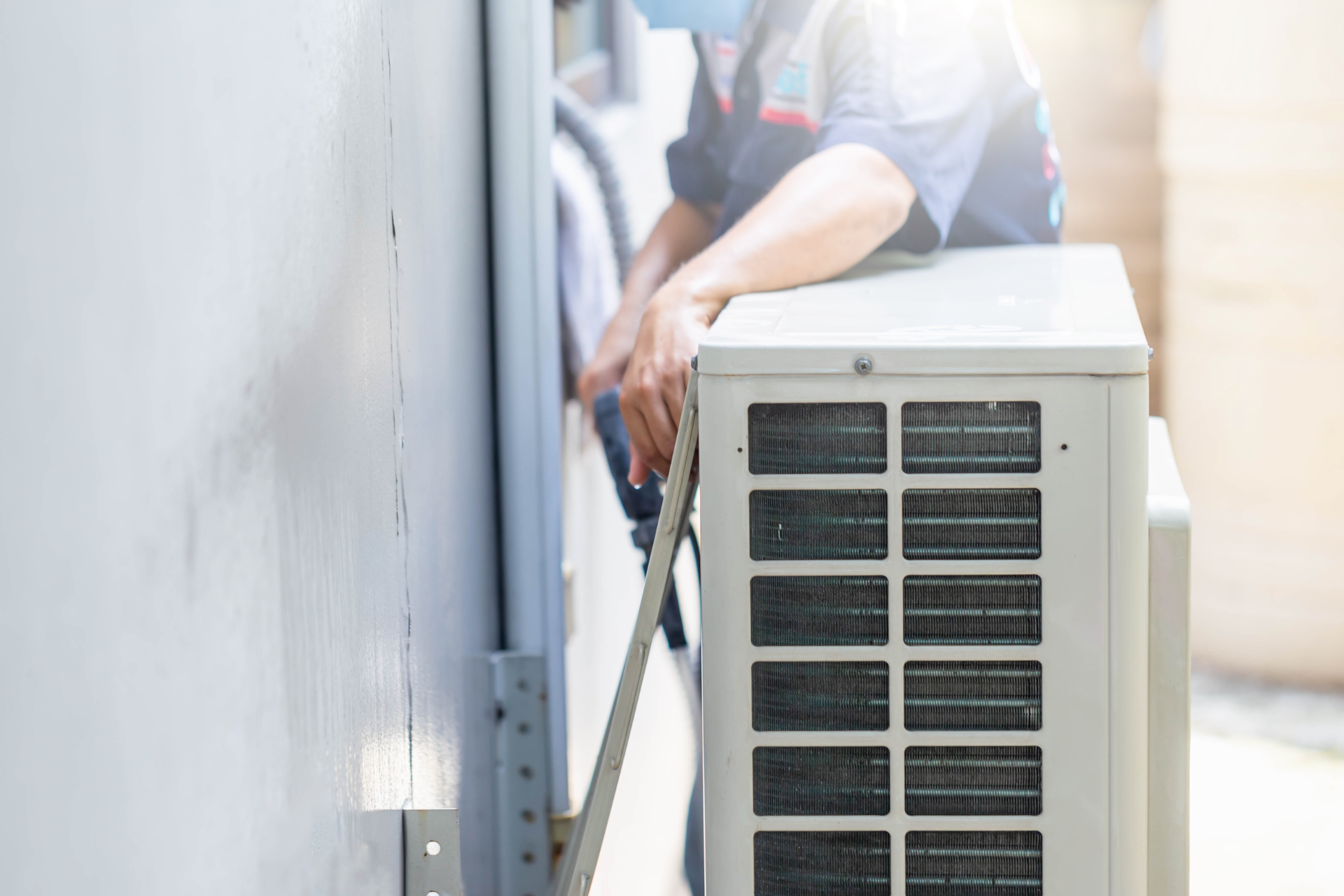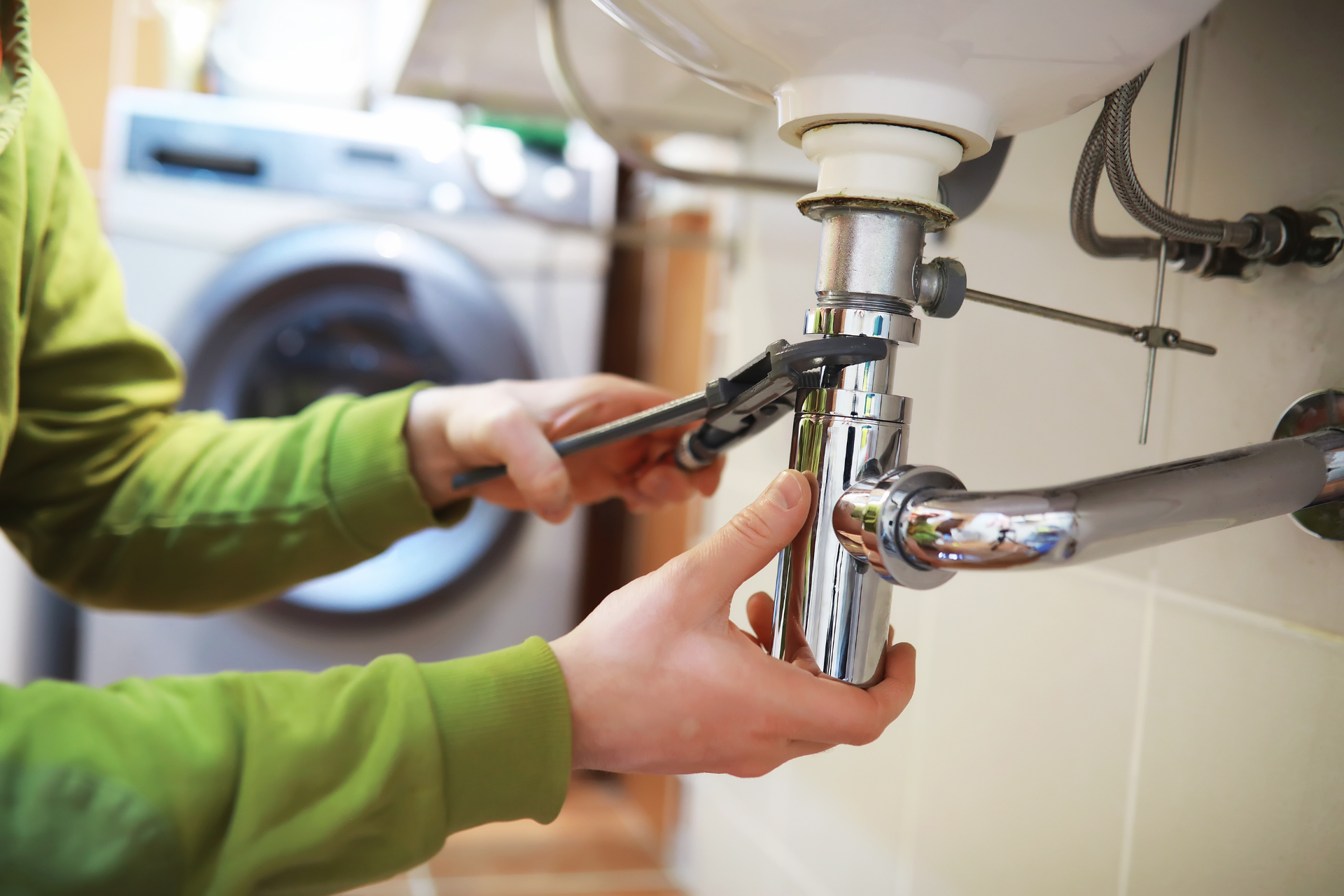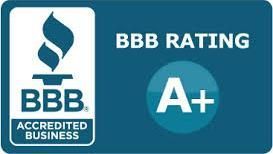How to Identify and Thaw Frozen Pipes
As temperatures drop, the risk of frozen pipes increases, which can lead to significant damage and costly repairs. At Riverway Plumbing & Mechanical, we understand the importance of maintaining your plumbing system, especially during the colder months. This guide will help you identify and thaw frozen pipes to prevent lasting damage and restore the flow of water throughout your home.
How to Identify Frozen Pipes
Frozen pipes can cause a range of problems, from reduced water pressure to complete water stoppage. Here are some signs that might indicate a frozen pipe:
- Reduction in Water Pressure: Noticeably lower water pressure can be a sign of a frozen pipe.
- Leaks: If you see water leaking from your pipes, it could be due to ice expansion causing cracks.
- No Water from Faucets: If no water comes out when you turn on a faucet, a pipe might be frozen solid.
To identify the specific pipe that’s frozen, turn on the faucets to see if the issue affects the entire home or just a specific area. If it's the main water line, water pressure will be reduced or stopped throughout the house. If only certain fixtures are affected, trace the pipe back from the faucet to find the frozen section. Look for ice or frost on the outside of the pipes, especially those that are not insulated or run along an exterior wall.
How to Thaw Frozen Pipes
Once you’ve located the frozen pipe, follow these steps to thaw it safely:
What You Need
- Drywall knife
- Reciprocating saw
- Hair dryer
- Heat tape
- Space heater
- Towel
- Fan
- Dehumidifier
- Shop vac
- Mop
- Pipe insulation
Step 1: Turn On Faucet
Turn on the nearest affected faucet. Even a trickle of water can help prevent the pipe from freezing completely. If the pipe is already frozen, opening the faucet helps relieve pressure, reducing the risk of a burst pipe.
Step 2: Expose the Pipe
If the frozen pipe is behind a wall, ceiling, or floor, you’ll need to cut a hole to access it. Use a drywall knife or reciprocating saw to do this carefully. Exposing the pipe allows you to apply heat directly and see why it froze. Pipes in uninsulated or cold areas are more prone to freezing.
Step 3: Apply Heat
Gradually apply heat to the frozen section using one of the following methods:
- Hair Dryer: Direct the warm air at the pipe.
- Heat Tape: Wrap the tape around the pipe and plug it in.
- Space Heater: Position it near the pipe to warm the area.
You can also turn up the home’s heat, but this method takes longer. It typically takes 30 to 60 minutes for the pipe to thaw. Keep the heat applied even after water starts flowing to ensure the ice is completely melted.
Step 4: Check for Leaks
After thawing the pipe, inspect it for leaks. Use a towel to dry the pipe and look for signs of damage. If there are any leaks, turn off the main water valve and contact a plumber.
Step 5: Call a Plumber
If you discover any pipe damage, call a plumber to repair or replace the pipe. Use towels, a mop, or a wet/dry vacuum to clean up any water and prevent mold and mildew. Fans and a dehumidifier can help dry the area.
How to Prevent Pipes from Freezing
Preventative measures can save you from the hassle of dealing with frozen pipes:
- Insulation: Install insulation in areas where pipes are exposed to cold temperatures.
- Pipe Insulation: Wrap pipes with insulation or heat tape to keep them warm.
- Maintain Heat: Keep your home at a consistent temperature during the winter.
- Check Regularly: If you’re away, have someone check your home periodically.
By following these steps, you can protect your plumbing system from the effects of freezing temperatures. For professional help, contact Riverway Plumbing & Mechanical to ensure your pipes are safe and functional all year round.
